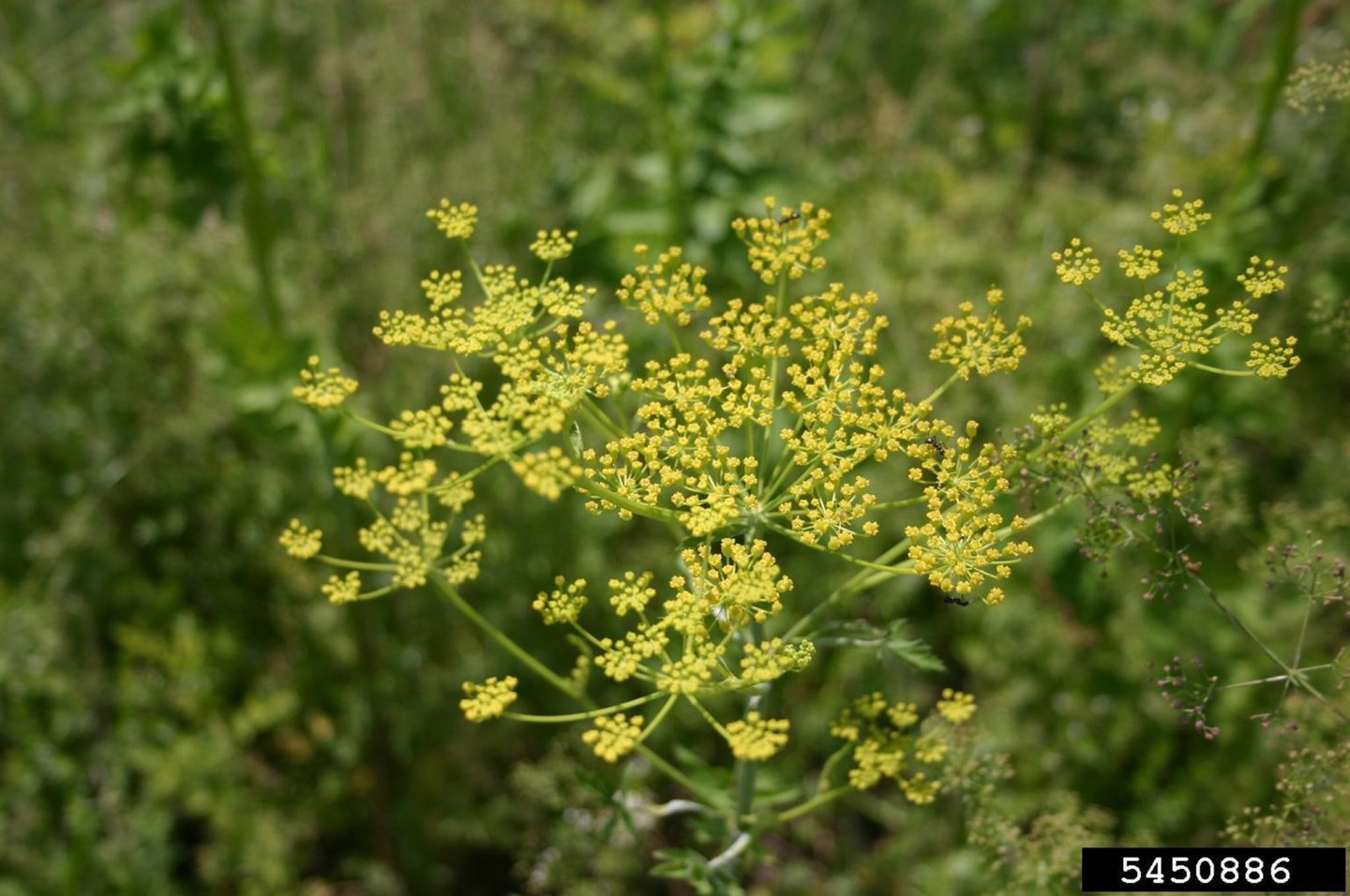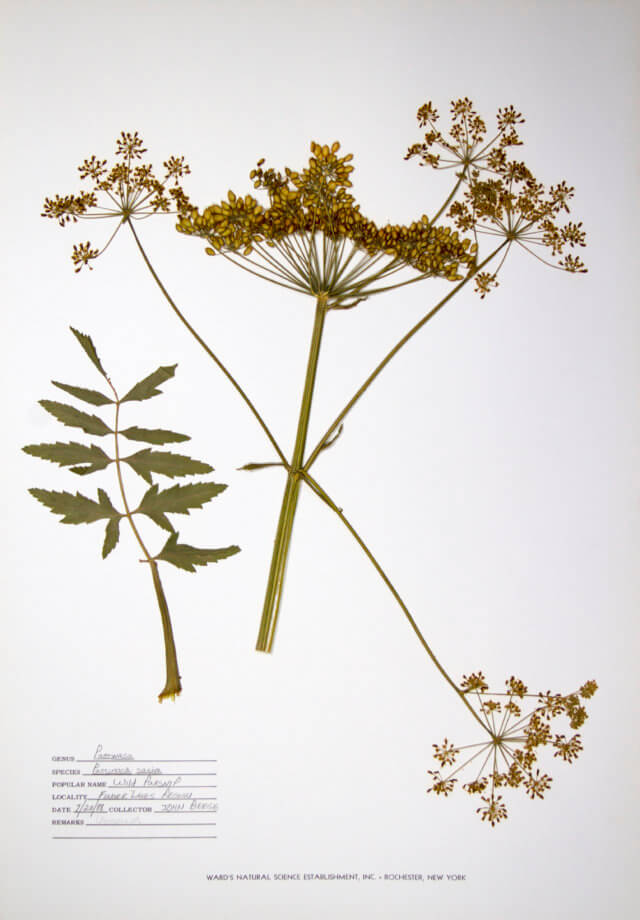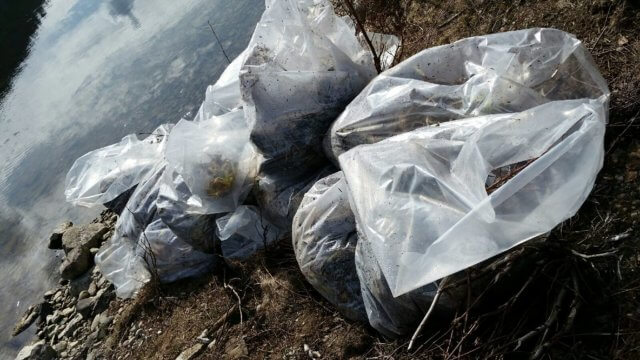Part Three: Wild Parsnip (Pastinaca sativa)
Often when we talk about invasive plants you hear about the potential they have to cause significant economic or ecological damage, but what about impacts to our health? In this series we will explore three hazardous plants to be aware of to keep you, your family and friends out of harms way.
Wild Parsnip Facts
- Native to Europe

- Grows up to 2m tall, leaves up to 40cm long. Leaves can be smooth or hairy, and reduce in size and number the higher they are up the stem.
- Yellow flowers (florets) come in clusters of between and 6 and 25. Florets have five petals, which are rolled back.
- Thick yellow-brown taproot
- Grows in a wide variety of soil types, and moisture levels, but prefers dry soils with partial or full sun.
- Can grow in thick patches that out compete native species.

Consequences of Invasion
- WARNING! While the root is edible, the rest of the plant contains toxic compounds. Skin contact with leaves, stems or peeling the roots can cause photosensitivity (photodermatitis), which can result in severe blistering when exposed to sunlight.
- Leaves and stems are toxic to livestock.
- The toxic compounds are present during the plant’s entire life cycle.
- Seek medical attention if your skin has come in contact with wild parsnip.

Wild parsnip can cause skin blisters!
How to control?
- Prevention: Do not let plants go to seed – seeds can attach to vehicles/clothing and ‘hitchhike’ to new areas.
- Hand pulling effective for small infestations, Wear gloves and long sleeves to protect your skin!
- Do not compost, place plant materials in bags and bring to landfill.
- Mowing can be effective at reducing seed spread if done often and before seeds
- Consult a certified pesticide applicator for chemical control options.

Proper disposal of invasive plant waste is vital in preventing further infestations from popping up. Place plant materials in clear bags and bring to landfill for free!




